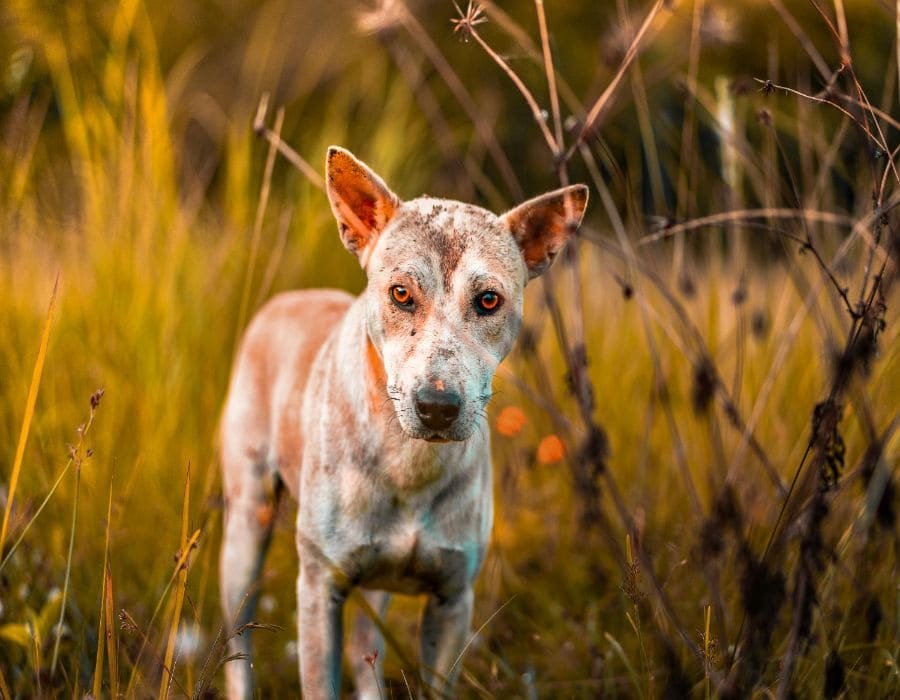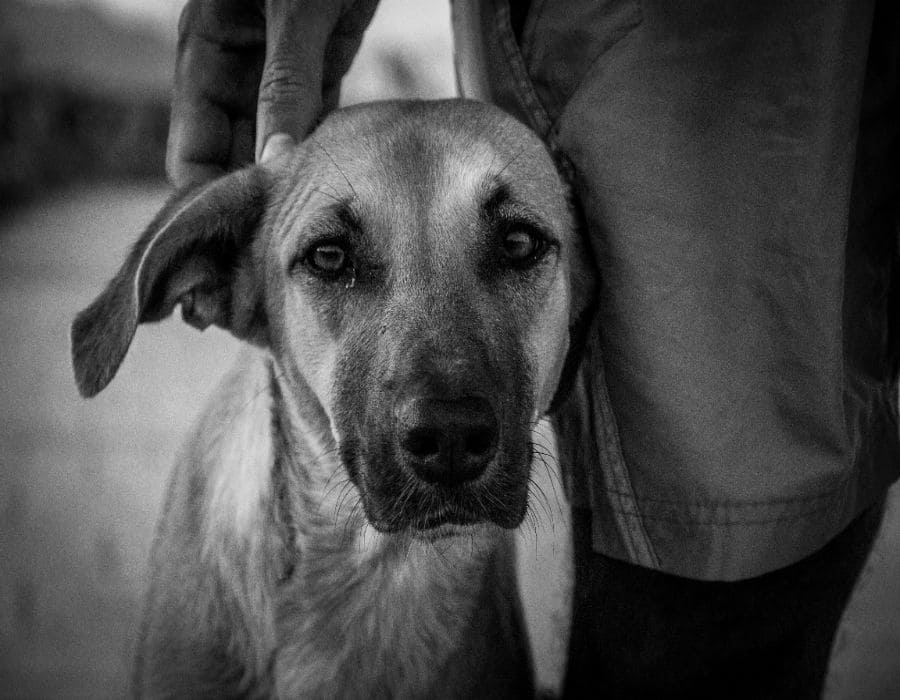11 Things To Know Before Deciding to Adopt a Stray
There’s something incredibly heartwarming about rescuing a stray. Whether they found you on the sidewalk or showed up at your door, taking in a homeless animal feels like a heroic act — and often, it is.
But adopting a stray isn’t always straightforward. These animals often come with unknown histories, unique challenges, and loads of personality. Before you open your heart and home, here’s what you should know to prepare for the journey ahead.
They Might Not Trust You Right Away

Strays often rely on survival instincts. They may be wary of people and slow to accept affection. It can take time and patience for them to feel safe enough to fully let their guard down.
A Health Check Is Essential

Stray animals can carry parasites, infections, or untreated injuries. Before bringing one into your home, it’s crucial to visit a vet. Early screening ensures you’re protecting both the animal and any other pets you may have.
They Could Already Belong to Someone

Not all strays are truly homeless. Some are simply lost. Always check for microchips, report found pets to shelters, and post on local platforms. Reuniting them with a worried owner is always the first priority.
Behavior Can Be Unpredictable

Life on the streets teaches strays to be resourceful — and sometimes reactive. They may guard food, flinch from sudden movements, or growl when scared. Understanding this isn’t aggression but fear can make all the difference.
They Might Not Be House-Trained

Stray dogs and cats often haven’t had structured living. Accidents inside or confusion with routines are to be expected. With patience and positive reinforcement, most can adapt surprisingly quickly to life indoors.
Socialization May Be Slow

Strays may be uncomfortable with other pets or new people. Controlled introductions and a calm environment help them adjust gradually. It’s important not to rush them — slow and steady wins the trust.
They Could Be Escape Artists

Having survived on their own, many strays are skilled at slipping through gaps, digging, or jumping fences. Secure your home and yard to prevent any unplanned “adventures” while they settle in.
Food Might Be an Obsession

Strays often don’t know when they’ll eat again, so food can become a fixation. Expect fast eating, guarding, or constant begging at first. Over time, consistent meals help them feel secure and slow things down.
They May Be Older Than They Look

Life on the streets can age animals quickly. A stray may look like a young adult but have the joints or teeth of a senior. A vet can help estimate their age and health status.
You’ll Need Extra Patience

Progress with a stray isn’t always linear. One day they might curl up beside you, the next they might hide again. Patience, kindness, and consistency are the foundation of helping them heal and trust.
The Reward Is Deep and Real

Strays don’t give their love freely — but once they do, it’s powerful. Watching a scared, scrappy soul blossom into a loving companion is one of the most fulfilling experiences you’ll ever have.
Rescue With Responsibility

Adopting a stray is noble, but it’s also a commitment. They need stability, care, and time to become their best selves. If you’re ready to offer that, get ready — your new best friend may already be waiting.







